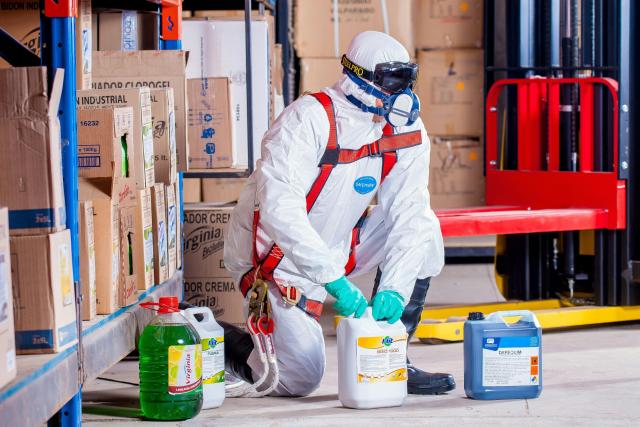
Putting a premium on utilizing materials efficiently has always been a priority in industrial settings. Think about tools that are always being maintained so they’ll stay in their tip-top shape. The same applies to laboratories and plants wherein proper liquid handling is vital.
The liquid handling system market was valued at USD$4.6 billion in 2022 in terms of revenue and is projected to reach USD$ 5.8 billion by 2027. The growth of this sector reflects the industrial expansion in research and development.
This article will discuss the importance of proper liquid handling in industrial settings. Continue reading to learn more.
Liquid handling 101
Liquid handling is all about how liquids are used and manipulated for their intended purpose.
How liquids are mixed, dispensed, or transferred is essential to delivering essential results in laboratories. Their proper utilization overflows in many other fields such as chemistry, biology, pharmacy, and other industries wherein accuracy is paramount. Liquid handling systems are meticulously engineered to streamline workflows, mitigate human error, and bolster the dependability of results.
Being at the forefront of automated liquid handling technologies has emerged as a driving force and an indispensable need for health and life science laboratories. Components such as liquid pumps help in facilitating liquid transfer, enhancing performance and broadening horizons for exploration. Factors such as flow rate, viscosity, compatibility with the liquid being handled, and the overall process requirements are at stake. That's why KNF USA and other manufacturers engineer their equipment such that it’ll provide reliable and consistent performance.
Here's an overview of the basic liquid handling techniques being done:
- A uniform distribution of liquids is essential in preparing samples and reactions. Techniques in mixing are manual stirring, automated stirring, or vortex stirring. This is one of the most important methods because consistent mixing is the foundation of a consistent outcome.
- This refers to the releasing or transferring of a liquid in another container. This is typically done through burettes, pipettes, or any liquid handling system.
The process of liquid handling is prioritized when preparing solutions or maintaining the reproducibility of experimental procedures.
Why proper liquid handling is important
Now that you’re acquainted with liquid handling, it’s time to know the nitty-gritty of its importance. Here are some of them:
- Preventing cross-contamination
Liquids are fluid in nature as they can easily be transferred from one container to another. This characteristic is crucial for manufacturing chemicals and substances. That's why ensuring their safety and accuracy is always prioritized.
A downside of their fluidity is the chance of cross-contamination. This refers to the transfer of harmful elements from one object to another. It can’t be denied that the procedures being done in industrial settings can be sensitive or hazardous. Once the substances even have just a hint of contamination, it can be detrimental. For instance, cross-contamination in medicines could result in poor quality and putting health concerns among those consuming them.
Proper liquid handling makes for responsible liquid utilization to reduce this kind of risk.
- Fast-tracking results
The clock is always ticking in industrial settings because what they do is always reproduced afterwards. Fast-tracking their operations is always appreciated to give them an edge over the others. Implementing liquid handling protocols that are on the dot can save time in preparing samples, adding reagents, and transferring liquids.
Aside from that, automating this process can minimize human errors since little to no intervention is needed. These systems can rapidly and accurately pipette, dispense, and transfer liquids, allowing faster turnaround times and increased throughput.
- Maintaining workplace safety
Proper liquid handling can be parallel with safety and precaution. It's safe to assume that what occurs in an industry setting can pose risks among the people there, with some liquids being corrosive or flammable if not managed appropriately. Adhering to set protocols and having personal protective equipment (PPE) go hand in hand with handling liquids.
- Complying to regulations
In relation to workplace safety, proper liquid handling also has a bearing in ensuring regulatory compliance. Industries in the fields mentioned so far have stringent rules and regulations because what they’re producing is sensitive and can affect peoples’ lives. Failure to comply with these regulations can result in significant fines, product recalls, or even the suspension of operations.
Conclusion
There’s no one-size-fits-all when it comes to proper liquid handling since it’s an endeavor that’s tailored to what your industry is doing. But its overarching theme is all about commitment to quality and safety. By prioritizing accurate liquid handling practices, industries can secure their operations, mitigate risks, and foster a culture of excellence.






